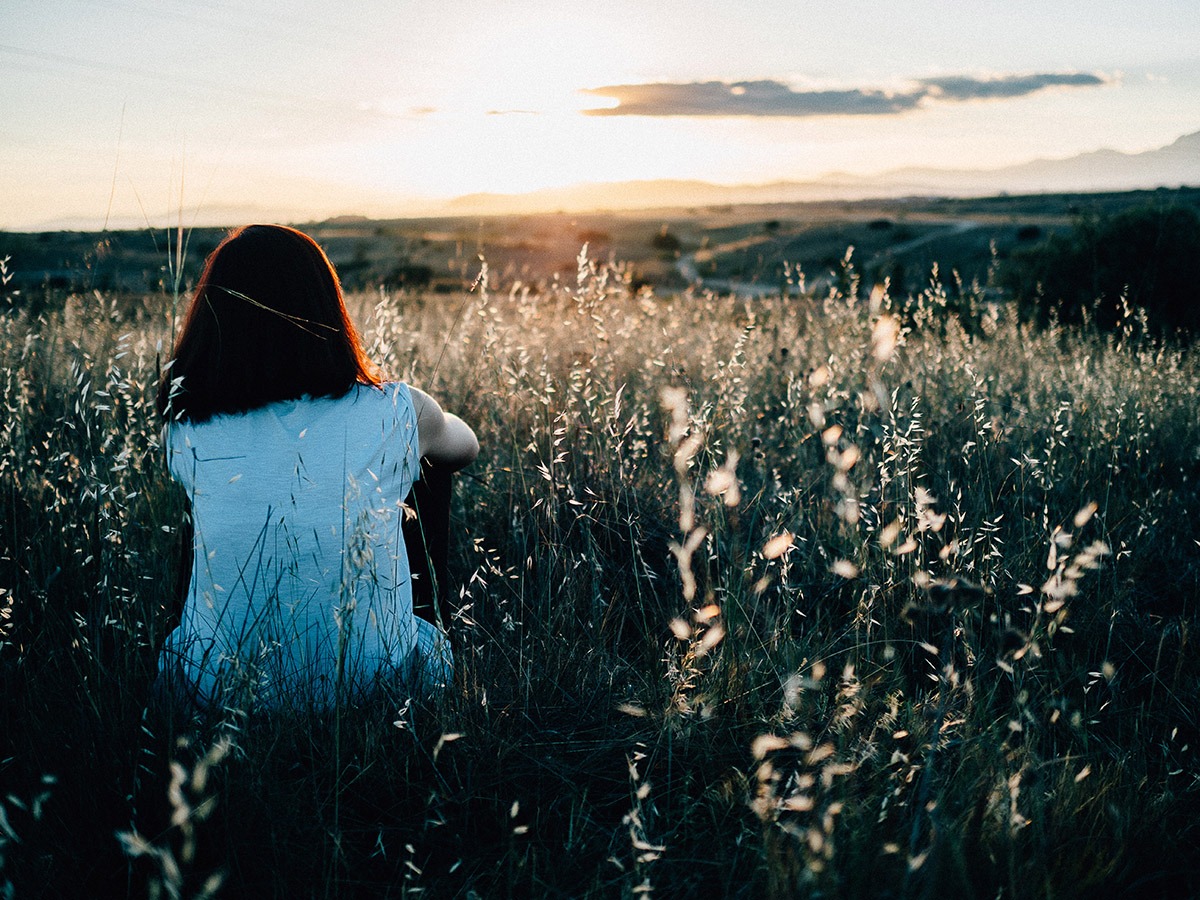An El Salvadoran woman was sentenced to 30 years in prison for aggravated murder after falling and suffering a miscarriage. The country bans abortion in all circumstances, including in order to save the life of the mother. Many think criminalizing miscarriages would never happen in the United States, but we’re well on our way.
In light of the recent Supreme Court decision overturning abortion rights, and the draconian laws drafted by multiple states, the U.S. is becoming an increasingly hostile environment for reproductive health for both intended and unintended pregnancies. Over half (58%) of reproductive-age women live in states hostile to abortion rights, and this will likely increase.
Many think criminalizing miscarriages would never happen in the United States, but we’re well on our way.
Abortion and miscarriage are both incredibly common – it’s estimated that up to half of all pregnancies end in miscarriages and nearly 25% of women will have an abortion by age 45. Banning abortion subjects people who lose pregnancies from miscarriages or stillbirths to scrutiny and potential legal action. With trigger laws outright banning abortion in many states, there will be an increase in investigations around miscarriages as it will be difficult to distinguish which fetuses died “naturally.” Just last year, 21-year-old Brittney Poolaw was convicted of first-degree manslaughter after she miscarried in Oklahoma.
The criminalization of miscarriage further marginalizes vulnerable, poor women of color. The Turnaway Study reveals the stark implications of denying abortion – women who were refused an abortion had an increase in poverty over the next four years and were more likely to be unable to afford food and housing, compared to women who received a desired abortion. Further, children born after an abortion denial were more likely to live below the federal poverty line. And the consequences of abortion bans go beyond reduced access – the lives and well-being of women and people who can get pregnant are at risk.
Many people need abortion services, including those who have “missed” or incomplete miscarriages, ectopic pregnancies, or pregnancies with fetal anomalies incompatible with life. The procedures and protocols for these services are the same as those in elective abortions – the use of the medication misoprostol or dilation and curettage. If the remains of the pregnancy are not removed, sepsis and death can occur.
More people die when there are abortion bans. The U.S. already has an alarmingly high maternal mortality rate compared to other high-income countries, and states with more restrictive abortion laws also have higher maternal mortality rates. The majority of these states have also not adopted Medicaid expansions (which would provide pregnancy care for indigent people and the 12-month postpartum extension), do not offer pregnant worker protections, and offer no paid family leave. A study estimating the increase in pregnancy-related mortality (not counting deaths as a result of unsafe abortions) found that pregnancy-related deaths would increase by 21% in the years after a total abortion ban in the United States. Black women would experience the largest burden, exacerbating the problem of systemic racism in the U.S.
Women have been arrested for illegal or induced abortions in over 30 countries. It’s already happened in the U.S. – Lizelle Herrera was charged with murder after she caused a “self-induced” abortion and Marshae Jones was arrested after being shot in the stomach, resulting in the death of her unborn baby. National Advocates for Pregnant Women found that of the pregnant women arrested, most were poor and women of color. Conservative lawmakers have also shown an interest in punishing women who have abortions, including former President Donald Trump who said there should be “some form of punishment” for abortion.
With restrictions in place, people will take matters into their own hands and try to induce abortions any way they can. In states with 6-week abortion bans like Texas and Mississippi, what do people with intended pregnancies who have nonviable fetuses do when they don’t find that out until later? With these abortion bans in place, people experiencing miscarriages will not be able to receive services from their providers. Many doctors are already afraid of the legal ramifications of removing a nonviable pregnancy because of laws like Texas’ Heartbeat Act and Alabama’s attempted Human Life Protection Act. A Polish woman died of sepsis last year after restrictive abortion laws prevented doctors from removing an unviable fetus until its heartbeat stopped. And medical schools in some states are not teaching students how to do an abortion procedure at all.
Women have been arrested for illegal or induced abortions in over 30 countries. It’s already happened in the U.S. – Lizelle Herrera was charged with murder after she caused a “self-induced” abortion and Marshae Jones was arrested after being shot in the stomach, resulting in the death of her unborn baby.
Protecting women and pregnant people should be a public health priority. More states should roll back restrictive laws and follow the lead of California’s Future of Abortion council and Oregon’s Reproductive Health Equity Act to ensure every pregnancy (unintended or intended) has access to necessary services. Increasing access to medication abortion is one way to protect the right to reproductive healthcare. We must defend and expand reproductive freedom – abortion is essential healthcare and should not be a political bargaining chip.
About the Author
Katie is a recent MPH graduate with a passion for reproductive justice and baking. She is originally from San Diego, but is now based in Boston. She enjoys lifting heavy things, petting random dogs, and reading. Follow her here: www.instagram.com/thefoxykitchen

